The Evolving Landscape of Online Age Verification: A Guide for Businesses
In today's digital age, verifying a user's age online is more critical than ever. Businesses have a responsibility to protect children and comply with regulations regarding age-restricted goods and services. However, the landscape of online age verification is constantly evolving, making it challenging for businesses to stay ahead of the curve.
This blog post will serve as a guide for businesses, exploring the current state of online age verification and outlining some key considerations:
Why is Age Verification Important?
There are several reasons why age verification is crucial for businesses:
Compliance: Many regulations around the world mandate age verification for specific products or services, such as alcohol, tobacco, gambling, and age-gated content. Failure to comply can result in hefty fines and reputational damage.
Protecting Children: Age verification helps shield children from inappropriate content and potentially harmful products.
Brand Reputation: Demonstrating a commitment to responsible online practices builds trust and strengthens your brand image.
The Evolving Landscape of Age Verification
Traditional methods like credit card verification or self-declaration are no longer sufficient. Here's a look at some emerging trends:
Facial Recognition: Technology is allowing for increasingly sophisticated facial recognition software that can estimate a user's age. However, privacy concerns and accuracy limitations require careful consideration.
Digital Identity Solutions: The rise of digital identity solutions, where users verify their age through government-issued credentials, offers a more secure approach. However, these solutions are still in development and may not be universally accessible.
Third-Party Verification Services: Several companies specialize in age verification services, utilizing a combination of techniques to assess a user's age.
Choosing the Right Age Verification Method
The ideal solution depends on several factors, including:
The type of age restriction: The stricter the age limit, the more robust the verification method needs to be.
Target audience: Consider the demographics of your users and the level of technical expertise they possess.
User experience: A seamless and frictionless verification process is vital for user satisfaction.
Cost and scalability: Evaluate the ongoing costs and scalability of different solutions.
Staying Ahead of the Curve
The online age verification landscape is constantly changing. Here are some tips to stay informed:
Monitor industry regulations: Be aware of any updates to regulations that might impact your business.
Follow industry leaders: Keep an eye on what other businesses in your sector are doing for age verification.
Explore new technologies: Stay updated on emerging age verification solutions and assess their potential for your needs.
How TrustElevate Can Help
TrustElevate, a leader in age verification technology for businesses, offers a comprehensive solution that addresses the challenges outlined above. Their secure and privacy-preserving platform verifies not only a user's age but also parental consent for users under 16. This ensures compliance, protects children, and empowers parents to manage their child's online activity. TrustElevate's solution integrates seamlessly with various platforms and services, providing a smooth user experience. With global reach and a commitment to innovation, TrustElevate can be your trusted partner in navigating the ever-evolving landscape of online age verification.


